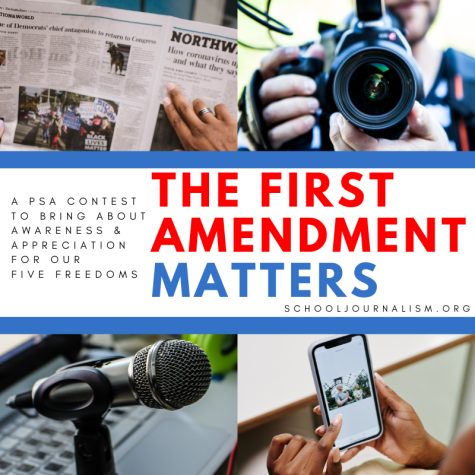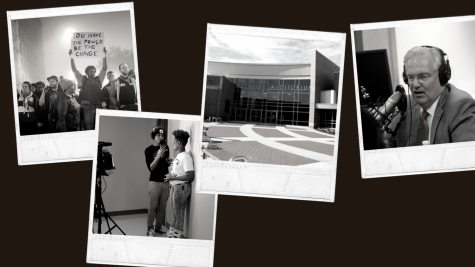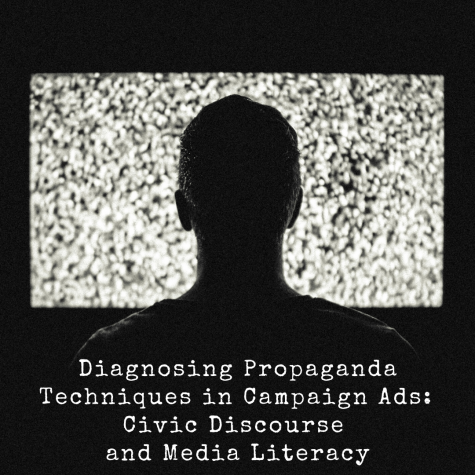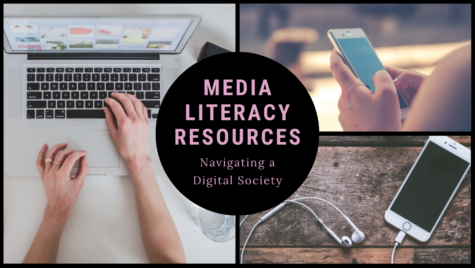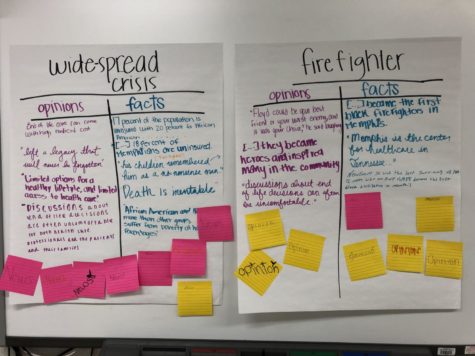Virtual reality brings changes to the journalism world
Virtual reality is taking the journalism world by storm and thanks to cheaper equipment and apps, it could be coming to a classroom near you.
As a news anchor at KOMU 8 in Columbia, Missouri, and later as a chief storyteller at Veterans United Home Loans, Sarah Hill has spent most of her life telling thought-provoking and emotional stories to viewers. Hill decided to venture into virtual reality after searching to find a solution for Veterans who were unable to physically travel to see their memorials in Washington, D.C.
“The medium is immersive and it’s all around you,” she said. “When you move, the video moves with you.”
Hill said with the help of virtual reality, these Veterans were able to experience the World War II Memorial, Arlington National Cemetery, US Marines Corps War Memorial, US Air Force Memorial and the Korean Memorial in 360-degree, stereoscopic 3D. Hill then decided to start a virtual reality company, StoryUP. Hill said the social enterprise uses virtual reality, augmented reality, live and 2D video as a tool to foster compassion.
“All the stories we do have a layer of social good to them,” she said.
Hill just arrived back to the United States after shooting in Zambia, Africa. While there, StoryUP documented Zambians who have to crawl on the ground because they lack adequate mobility devices. StoryUP used drones to cover the story at every angle. Hill said she hopes by covering this story that more people may better understand the problem and contribute to a solution.
Venturing into virtual reality storytelling is affordable. For classrooms ready to create stories, Hill recommends the Ricoh Theta which sells for less than $375. For bigger budgets and commercial quality video, Hill recommends the 6 camera Go-Pro Spherical rig.
If you are not ready to create virtual reality stories, you can still view them. Like StoryUP, the New York Times ventured into virtual reality after introducing a free phone app that allows users to experience scenes from across the world with the Google Cardboard virtual reality viewer. You can download the free New York Times Virtual Reality app here and purchase a Google Cardboard for less than $25.
As with all aspects of journalism, virtual reality demands ethical considerations. In some cases, the traditional ethics may inform judgments in virtual reality. However, virtual reality itself prompts other ethical discussions and questions that journalism has yet to acknowledge.
For more information on virtual reality best practices and ethics, check out these links:
How can journalists use virtual reality to tell news stories?
Virtual reality is journalism’s next frontier
An ethical reality check for virtual reality journalism
We need to keep the ‘reality’ in virtual reality
Virtual reality: a new way to tell stories
A report from StoryNext on the state of virtual reality in journalism
While working with this new technology has changed the way Hill creates stories, she said she still understands how important a central compelling character is to a story.
“The thing that is paramount is the story,” she said. “Sometimes, we get lost in the technology.”
Hill advises young journalists to get involved in volunteer work in the community in order to find the hard-hitting, emotional stories
“You should talk to everyone you meet,” she said.
For more information on StoryUp, check out its Twitter or Facebook page.



